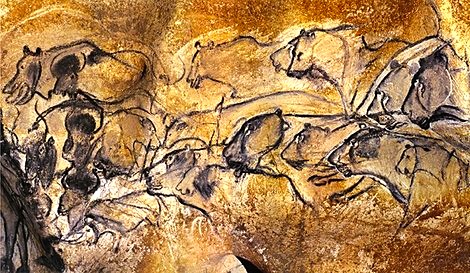I’ve been working on an art exhibition called LOST HORIZON this year which has meant re-visiting the James Hilton classic from 1932 — ‘The first paperback ever published’ —or so the blurbs say. This is where the term ‘Shangri-La’ comes from. The movie, by Frank Capra is wonderful, too.
I’m also thinking a lot about Albert Camus. This year is the 100th anniversary of his birth, and so there’s been much to read in the Press and several new books out. I’ve been reading some of his work again (in translation) and the biography by Herbert R. Lottman. Camus meant a huge amount to me in my late teens, and I haven’t given him much thought since, except to recognize him as being right there as a foundation stone. While the other intellectuals of that era—Sartre, say—have faded away, Camus still seems absolutely on the nose. I’m doing a show about him in Paris in September 2014. Regarding art books—the highlight for me is the new Hiroshi Sugimoto catalogue from the Leeum Samsung Museum exhibition in Seoul. He is one of the most philosophical artists around. But the book that made me think the most this last year is The Mind in the Cave, published in 2002, by David Lewis-Williams. It’s about paleolithic cave-painting. What especially made an impression was the author’s attempt to connect us now to our prehistoric ancestors via neurological constants. We share the same brain, but we moderns have learned to switch off large parts of it in order to be rational—and at quite a price. In tandem with this book, I’ve watched several times Werner Herzog’s Cave of Forgotten Dreams about Le Chauvet cave in southern France, which is the oldest cave-paintings so far discovered (as recently as 1994)—they’re about 52,000 years old, or twice as old as the next oldest cave-paintings!
—
Simon Morley is Asymptote‘s Visual Section Editor.
Image from Herzog’s Cave of Forgotten Dreams.

